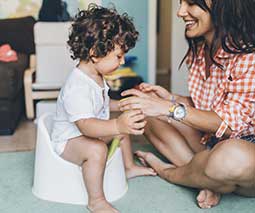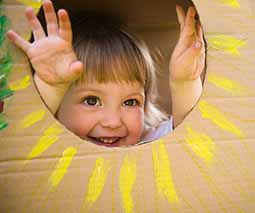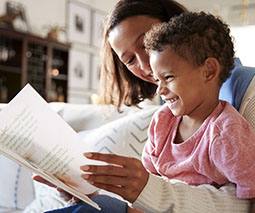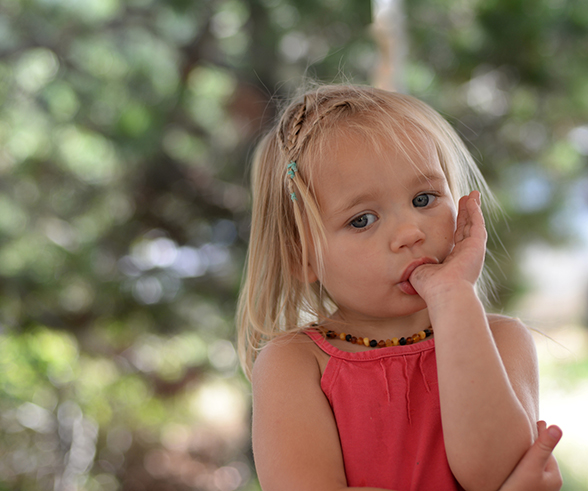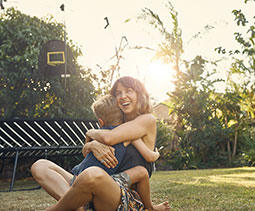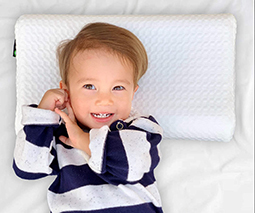Raising independent toddlers: How the Montessori method made life easier
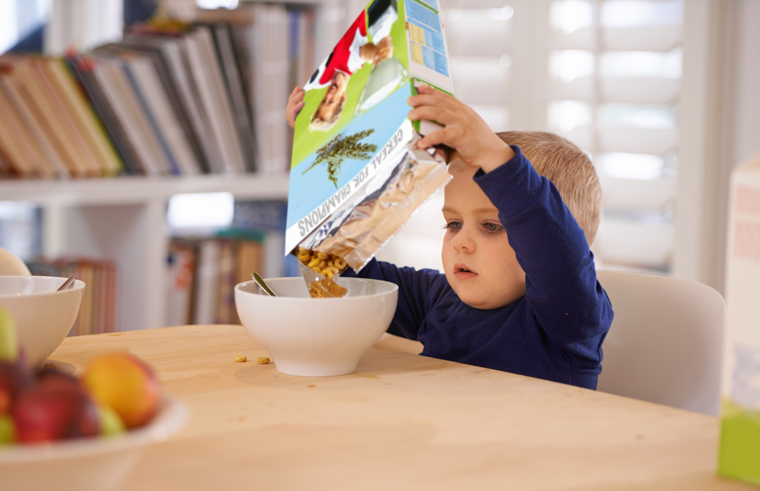
Raising toddlers can be a handful. At the core of it, they’re basically like feisty mini-humans who can’t quite do things themselves but have the determination and tenacity to, well … do it anyway.
It’s a constant balance for parents to provide them with enough opportunities to flex their independence muscles while still keeping them safe – and not going insane in the process. A lot of patience is required, let’s just put it that way. One of the most helpful things I implemented with my daughters when they were toddlers was the Montessori-style approach to living.
In a nutshell, this meant making their living environment as child-friendly and accessible as possible – setting them up for success. Founded by Dr Maria Montessori in the early 1900s, the approach emphasises the importance of self-directed learning and play.

So where to begin?
It really only took four simple steps to begin to implement the Montessori method at home with my little ones.
1. Cull the non-essentials
Many toddlers struggle to find things to play with when their rooms are full of clutter. So one of the first things I did when I chose to embrace the Montessori way was to cull the excess stuff. By reducing the overflowing buckets of toys and streamlining the items offered for play on shelves, children feel less daunted and more able to pick an item for play.
I, however, went a step further, rotating the toys – so I’d put half away for a month, and then swap them around. It meant fewer items were on view and more things actually got played with.
2. Bring things down to kid-height or buy lots of stools
Once I did a thorough declutter of the child-related things in our home, the next step was to consider the accessibility for a toddler. The idea is that they can get things for themselves, requiring less assistance from me. Where I could, I’d bring items down to a more child-friendly height, and I also purchased a few stools for areas like the kitchen and bathroom.
Consider areas where food is stored and prepared – can they get their own bowl, plate, fork or spoon? Are they able to reach their favourite items to play with? Can they get to their water bottle or hat easily enough? As I made this slight accommodation, I found it really boosted their sense of independence, which was lovely. I’m sure the feeling of mastery boosted my girls’ sense of confidence, too.
3. Categorise clothing
I’m fairly sure many toddlers think their wardrobe is their own personal dress-up box, made especially for them – know what I mean? Yep, countless clothing changes as they rifle through their clothes trying to find that one item. One thing I found helpful was to create simple and clear category labels for clothing in the wardrobe that enabled my fiercely independent toddlers to find the items they wanted, and also put them away (well, here’s hoping!).
A quick browse online for clipart returned many suitable pictures to be printed off and added onto drawers in categories. I found this one less battle to have and also encouraged my girls to find the clothing they wanted to, as they learned how to dress.
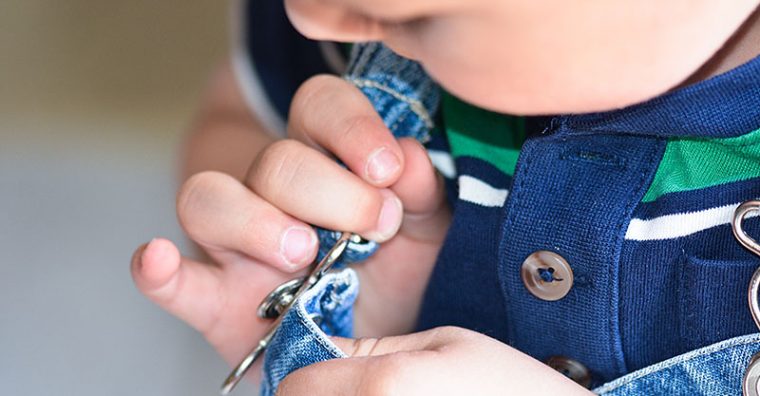
4. Consider the learning in day-to-day activities
Montessori teaching principles really emphasise the importance of children being given as many opportunities as possible to lead their own learning. There are learning experiences everywhere, even in the mundane. I remember all too well the pressure I was feeling about having to provide every single source of entertainment for my toddlers. However, the truth is, there are many activities that are engaging for a toddler, which don’t require any money to be spent – or even involve toys at all!
Some of my daughters’ favourite activities growing up were as simple as learning how to wash up dishes at the sink alongside me, spreading peanut butter on crackers, learning how to cut up fruit with a kid-safe knife and even hanging out the washing. While these seem like dull tasks, they all had the added bonus of teaching my children independence, too.
Remember, keep things simple
Toddlers don’t need much ‘stuff’ – all they’re really trying to do is find their place in the world, and implementing these Montessori suggestions really can help. Embrace the enjoyment that a growing toddler can get from learning how to do something for themselves, and go along with their thirst for discovering things their own way.
I have no doubt you’ll find the hard work (and patience-testing) worth it.
 Need some help with your toddler’s behaviour? Our Parent School toddler experts can help. Click to find out more or book a one-on-one session.
Need some help with your toddler’s behaviour? Our Parent School toddler experts can help. Click to find out more or book a one-on-one session.
